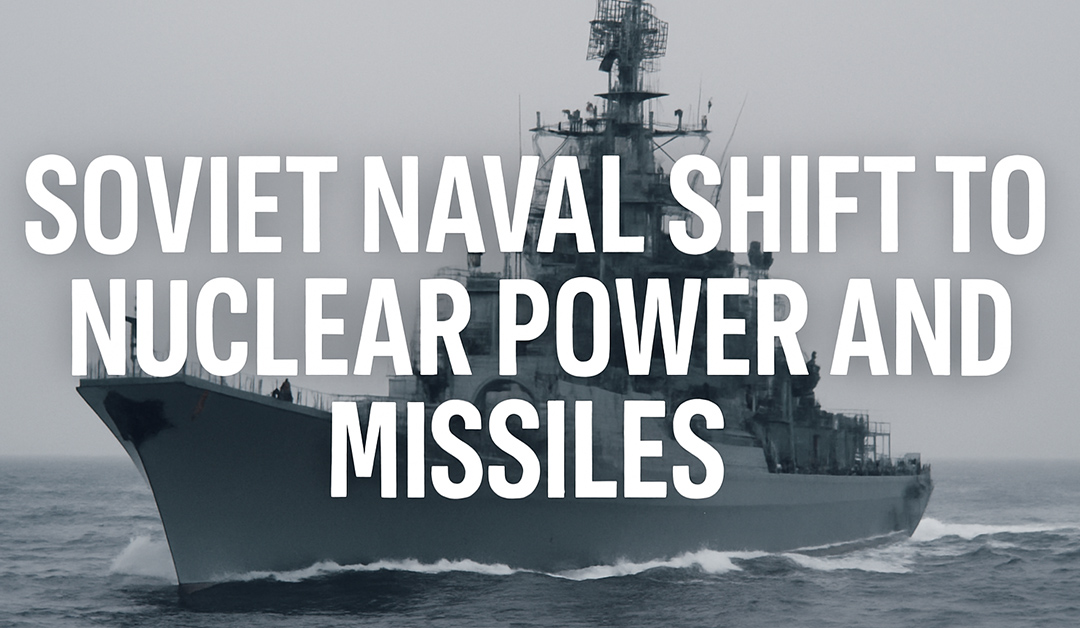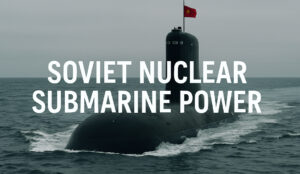A declassified U.S. intelligence document titled "Conversion of Soviet Naval Vessels to Nuclear Propulsion and Rocket Weapons" reveals how, by the late 1950s, the Soviet Union had begun an aggressive transformation of its navy into a nuclear-powered and missile-capable fleet.
The report provides rare, firsthand insight into early atomic submarine development and the retrofitting of surface warships with ballistic and cruise missile systems.
It marks a turning point in Cold War naval warfare-when deterrence moved beneath the waves, and Soviet subs started carrying the ability to strike continents.
"The first Soviet atomic submarine has been operational since late 1958."
⚙️ From Diesel to Atomic
Soviet engineers were modifying existing ship hulls to accommodate nuclear reactors-a process described as rapid and resource-intensive.
Key takeaways from the report include:
-
Conversion work was already underway on additional submarines
-
At least one atomic-powered vessel was considered fully operational
-
Submarine crews had been trained specifically for nuclear propulsion systems
While the U.S. had launched its first nuclear submarine, USS Nautilus, years earlier, Soviet parity was arriving faster than anticipated.
"Soviet conversion efforts show strong state support and technical ambition."
🚀 Rocket Warfare at Sea
Perhaps more alarming than propulsion was weaponry.
The Soviets were developing and installing rocket-based armaments-a broad term that included ballistic missiles, anti-ship cruise missiles, and high-velocity naval rockets.
Retrofitted vessels were fitted with launch platforms, believed to be capable of:
-
Shore bombardment
-
Carrier-killer strikes
-
Possibly nuclear payload delivery
The combination of stealth from nuclear propulsion and strike capability from guided missiles made Soviet naval forces a new kind of threat.
One that could approach undetected-and retaliate with continent-scale damage.
🧭 Strategic Shift Beneath the Surface
This wasn’t just a technical upgrade.
It was a shift in Cold War doctrine: mobile, submerged, second-strike capability.
Submarines could now:
-
Stay submerged for months at a time
-
Operate far from Soviet waters
-
Pose a persistent nuclear threat to U.S. coastal cities, carrier groups, and allies
These were not experimental platforms-they were described as operational and deployed.
And with each successful conversion, the line between defensive fleet and offensive strike force blurred further.






